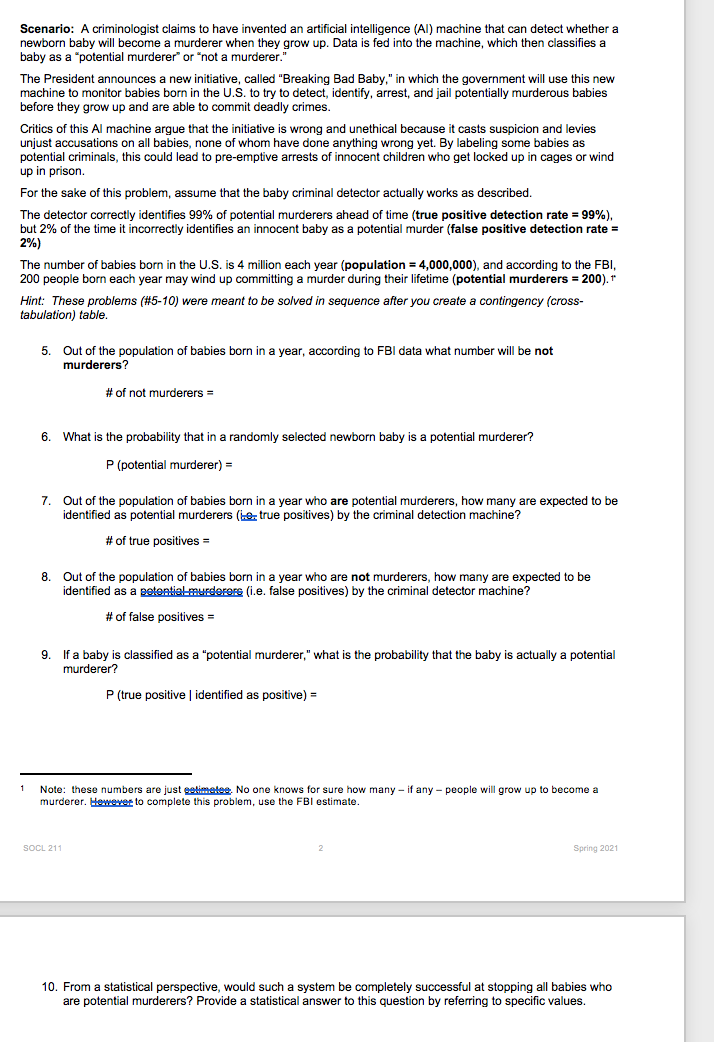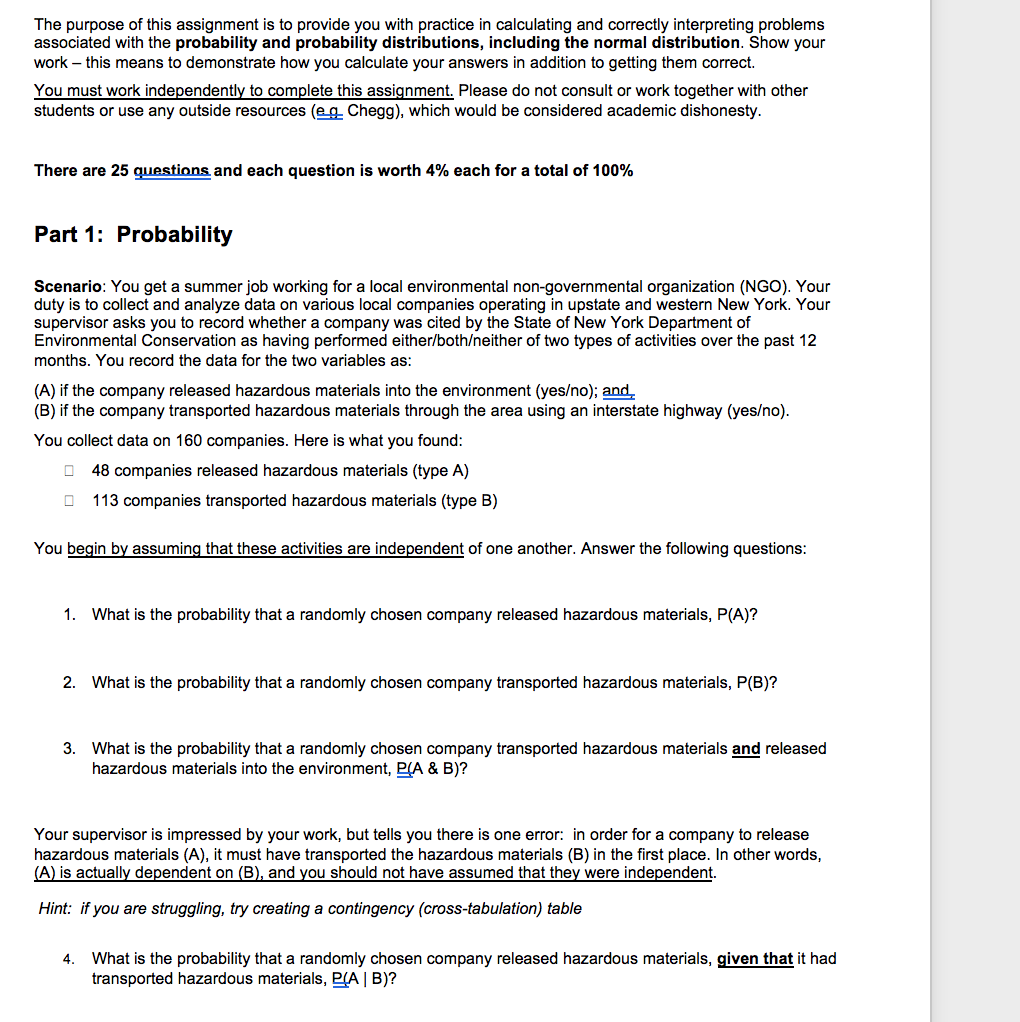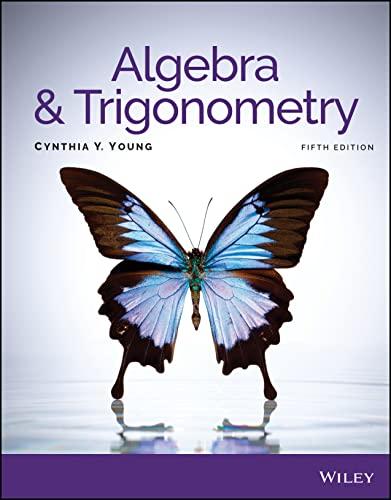Scenario: A criminologist claims to have invented an artificial intelligence (Al) machine that can detect whether a newborn baby will become a murderer when they grow up. Data is fed into the machine, which then classifies a baby as a "potential murderer" or "not a murderer." The President announces a new initiative, called "Breaking Bad Baby," in which the government will use this new machine to monitor babies born in the U.S. to try to detect, identify, arrest, and jail potentially murderous babies before they grow up and are able to commit deadly crimes. Critics of this Al machine argue that the initiative is wrong and unethical because it casts suspicion and levies unjust accusations on all babies, none of whom have done anything wrong yet. By labeling some babies as potential criminals, this could lead to pre-emptive arrests of innocent children who get locked up in cages or wind up in prison. For the sake of this problem, assume that the baby criminal detector actually works as described. The detector correctly identifies 99% of potential murderers ahead of time (true positive detection rate = 99%), but 2% of the time it incorrectly identifies an innocent baby as a potential murder (false positive detection rate = 2%) The number of babies born in the U.S. is 4 million each year (population = 4,000,000), and according to the FBI, 200 people born each year may wind up committing a murder during their lifetime (potential murderers = 200). + Hint: These problems (#5-10) were meant to be solved in sequence after you create a contingency (cross- tabulation) table. 5. Out of the population of babies born in a year, according to FBI data what number will be not murderers? # of not murderers = 6. What is the probability that in a randomly selected newborn baby is a potential murderer? P (potential murderer) = 7. Out of the population of babies born in a year who are potential murderers, how many are expected to be identified as potential murderers (be. true positives) by the criminal detection machine? # of true positives = 8. Out of the population of babies born in a year who are not murderers, how many are expected to be identified as a potential murderers (i.e. false positives) by the criminal detector machine? # of false positives = 9. If a baby is classified as a "potential murderer," what is the probability that the baby is actually a potential murderer? P (true positive | identified as positive) = Note: these numbers are just getimalee. No one knows for sure how many - if any - people will grow up to become a murderer. However to complete this problem, use the FBI estimate. SOCL 211 Spring 2021 10. From a statistical perspective, would such a system be completely successful at stopping all babies who are potential murderers? Provide a statistical answer to this question by referring to specific values.The purpose of this assignment is to provide you with practice in calculating and correctly interpreting problems associated with the probability and probability distributions, Including the normal distribution. Show your work this means to demonstrate how you calculate your answers in addition to getting them correct. You must work independently to complete this assignment. Please do not consult or work together with other students or use any outside resources (rig: Chegg}, which would be considered academic dishonesty. There are 25 Mend each question Is worth 4% each for a total of 100% Part 1: Probability Scenario: You get a summer job working for a local environmental non-governmental organization {NGO}. Your duty is to collect and analyze data on various local companies operating in upstate and western New York. Your supervisor asks you to record whether a company was cited by the State of New York Department of Environmental Conservation as having performed eitheribothineither of two types of activities over the past 12 months. You record the data for the two variables as: (A) itthe company released hazardous materials into the environment (yeslno); E (B) ifthe company transported hazardous materials through the area using an interstate highway (yesino). You collect data on 160 companies. Here is what you found: E 43 companies released hazardous materials (type A} E 113 companies transported hazardous materials (type B) You b_egin by assuming that these activities are indegndent of one another. Answer the following questions: 1. What is the probability that a randomly chosen company released hazardous materials, HA)? 2. What is the probability that a randomly chosen company transported hazardous materials. P(B}? 3. What is the probability that a randomly chosen company transported hazardous materials ! released hazardous materials into the environment, gut & B}? Your supervisor is impressed by your work, but tells you there is one error: in order for a company to release hazardous materials (A), it must have transported the hazardous materials (B) in the first place. In other words, {A} is actually deEndent on {BL and you should not have assumed that they were independent. Hint: if you are struggling, try creating a contingency (cross-tabulation) table 4. What is the probability that a randomly chosen company released hazardous materials, given that it had transported hazardous materials, ELM B}








